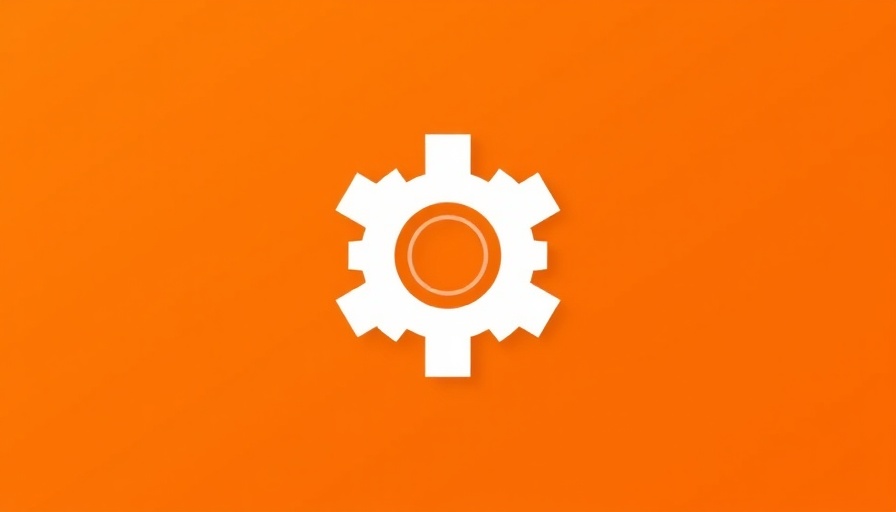
The Evolution of Dapr: From Microservices to AI Agents
Back in 2019, Microsoft launched Dapr, a microservices runtime intended to simplify the building of distributed applications. As the tech landscape evolved, so did Dapr, which has added functionality that many developers never anticipated: support for AI agents. This innovative transition reflects a growing demand for more sophisticated, scalable systems that can harness the power of Artificial Intelligence.
Understanding Dapr's Unique Architecture
At its core, Dapr employs a concept known as virtual actors. These actors are designed to process messages independently and efficiently, which is paramount for real-time applications. Yaron Schneider, co-creator of Dapr, acknowledged that while the technical groundwork is laid, much of the accompanying business logic still requires developers' attention. He emphasized how Dapr’s actors allow lightweight, resource-efficient agent management, effectively setting the stage for the recently launched Dapr Agents.
What Are Dapr Agents?
Dapr Agents emerged from the open-source project Floki, uniting the strengths of both frameworks to support AI applications better. These new agents simplify the process of building AI systems that can reason, act, and collaborate, leveraging large language models (LLMs) to provide a robust foundation for agentic functionalities. With promises of running thousands of agents on minimal computing resources, Dapr Agents are tailored for enterprise scalability.
Agentic Systems: A New Perspective on Distributed Applications
Mark Fussell, another Dapr co-creator, coined the term “agentic systems” as a new synonym for distributed systems. This terminology shift hints at a broader trend, casting traditional microservices in light of more advanced AI capabilities. The integration of LLMs into these agents signifies a leap in potential, allowing for more dynamic and intelligent interactions within applications.
Real-World Applications and Model Integration
Dapr Agents can connect seamlessly with several leading AI model providers, including OpenAI and AWS Bedrock. This versatility allows developers to construct agents that can carry out diverse tasks, from subtle data extraction to complex transaction processing in real-time, making them incredibly valuable across industries like finance and healthcare.
Benefits of the Dapr Agents Framework
Dapr Agents present numerous advantages:
- Scalability: The ability to run thousands of agents on single-core machines makes Dapr Agents a cost-effective solution for executing complex workflows.
- Vendor Neutrality: Built as a part of the CNCF ecosystem, Dapr Agents mitigate risks associated with vendor lock-in.
- Robustness: Designed with reliable communication and stateful orchestration, Dapr ensures that agents can manage failures gracefully, enhancing operational resilience.
- Accelerated Development: Its efficient architecture allows for rapid deployment of AI solutions, reducing time-to-market.
Leveraging Agentic AI for Business Innovation
As businesses increasingly adopt AI technologies, systems like Dapr Agents can significantly simplify the development of intelligent applications. Organizations can create multi-agent workflows that respond dynamically to changes in their environments, leading to innovative solutions tailored to their unique challenges. The implications for productivity and efficiency are enormous, positioning companies to harness AI in transformative new ways.
As we consider the future of AI and its integration into technology frameworks, Dapr Agents offer a promising avenue for developers looking to create intelligent systems. By building on the solid foundation of Dapr’s capabilities, developers can innovate rapidly while ensuring their solutions are resilient, scalable, and adaptable.
If you're a developer interested in exploring Dapr Agents further or collaborating in this expanding field, consider joining the Dapr community and accessing the wealth of resources available through their GitHub repository.
 Add Row
Add Row  Add
Add 




 Add Row
Add Row  Add
Add 

Write A Comment